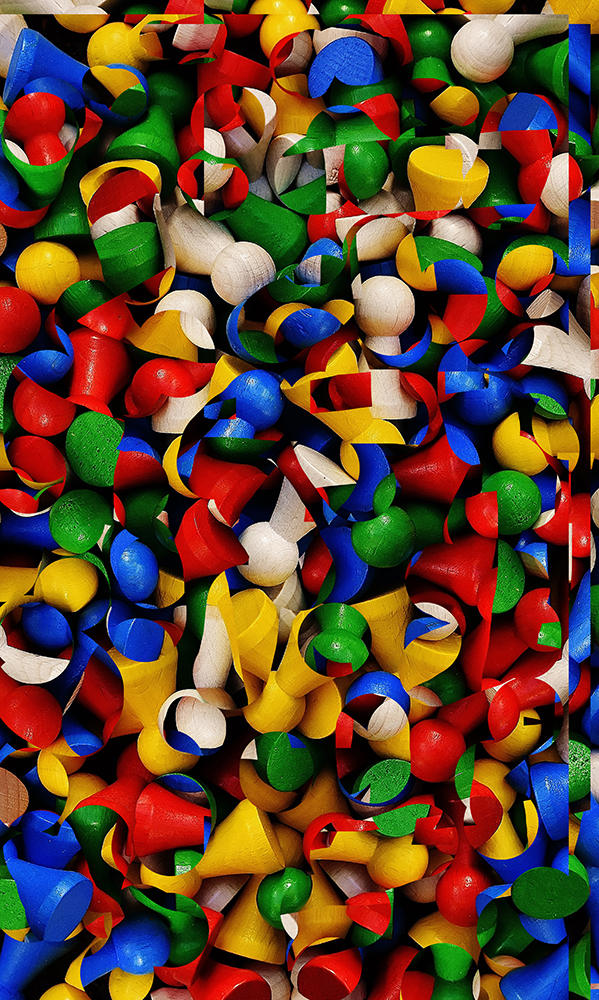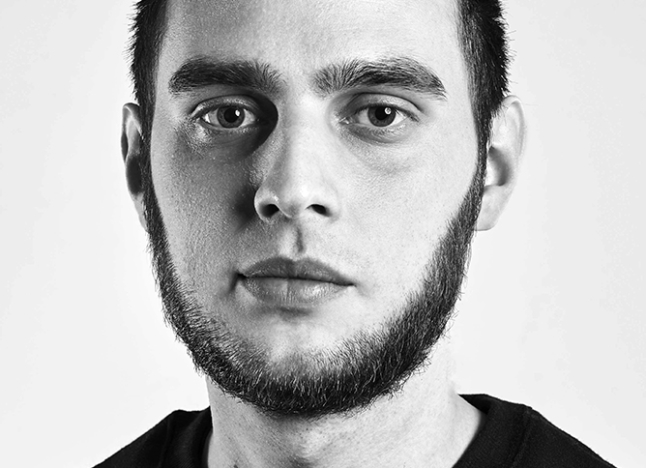Jouk Oosterhof
Artist Feature
Every week an artist is featured whose single image was published by Der Greif. The Feature shows the image in the original context of the series.
Imre Kiss - Step-by-Step
Feb 07, 2018
In the Step-by-Step project, I outline the fictitious state of what would happen in certain layers of society if they were “redundant” as a workforce. What do they do with the amount of free time they have not seen before? In my opinion, society can not deal with such leisure time. The passive “work” time is relatively soon replaced by the activity of active activities, which in this case is done by discovering objects and “things” and discovering different physical and sensual laws and properties.
Photographs were mainly made during “research-roaming” in cities and its peripheries. I’ve been looking for leftover casual items, unusual locations and capturing them.
Artist Blog
The blog of Der Greif is written entirely by the artists who have been invited to doing an Artist-Feature. Every week, we have a different author.
Published in:
»Der Greif #10«
»Guest-Room Hester Keijser«
REPOSITION
Feb 14, 2018 - Imre Kiss
In my new, ongoing series, REPOSITION, I deal with the Internet as the biggest technical image storage ever invented. Thanks to the billions of photos uploaded to the Internet, we perceive other people’s feelings from another moment and from another place. We can almost experience the sensory experience of someone else. We move on to other scales, new horizons, enter virtual spaces, our vision is supported by various technical devices, or multimedia applications are flipping into previously unknown (and non-existent) realities. Our thoughts and everyday life are unintentionally and perhaps without thinking, but increasingly influenced and shaped by artificial intelligence-controlled or refined technical devices and services. My digital photo manipulations and collages challenge the relationship between reality and virtual representation.
REPOSITION
Feb 13, 2018 - Imre Kiss
René Descartes advised in the 1600s to insert the eyes of a human or other large mammal into the camera obscura gap, eliminating the insecurities of human vision, the possible disruption of the senses. Google Image Search failed to identify the image of an apple that started to rot and suggested trying to find a cleaner, simpler image for better results.
My goal is to research a visual study of how our image of the world is transformed by new visual technologies. What does it mean that the world of algorithms is based on images that are determined by us rather than a real perception? Is it possible to describe the world of worldly objects as a network or as a combination of already familiar signals? What new image syntax, structures, and associations can result from machine learning? How can the apple be substituted but still being an apple?
Step-by-Step
Feb 12, 2018 - Imre Kiss
As in the Middle Ages, like our forests and mountains, our new environment gives shelter to strange, threatening monsters: invisible viruses, atoms, mesons, protons, cosmic rays, and supersonic waves. We are trying to cope with the undeciphered system of things without having the norms to which we could relate.
Step-by-Step
Feb 09, 2018 - Imre Kiss
When we face new sides of nature, in our inherited world model there is tension, as they are not in line with it the prior knowings. Being deprived of our sense of belonging and orientation will overwhelm us with confusion and astonishment. We can create new Minotaurs and new labyrinths until we find meaning and symbols that are new to the new world.













